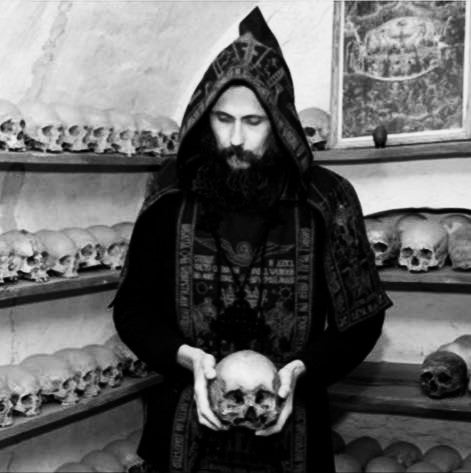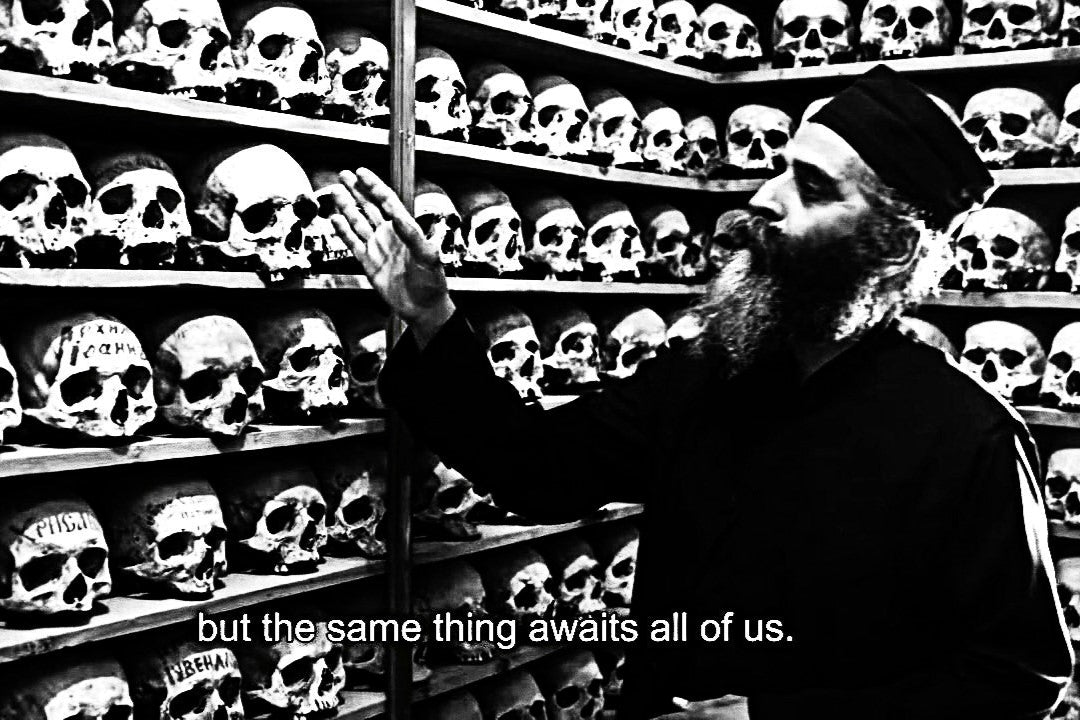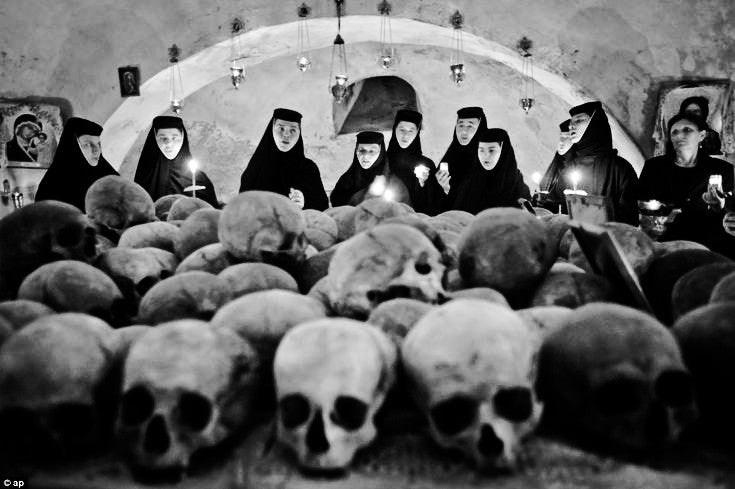REMEMBER DEATH
Mount Athos, the skulls of monks and the Orthodox vision of the end

On Mount Athos, silence does not come from the absence of noise — but from the presence of mystery.
In this garden of the Mother of God, death is neither hidden nor denied. It is present. Visible. Accepted.
In many monasteries and sketes, the skulls of deceased monks are kept in ossuaries. Lined up on shelves, carefully preserved, sometimes bearing a simple inscription. One of the most well-known:
“What you are, I once was. What I am, you will be.”
A message etched in bone, addressed to the living.
The memory of death in the Orthodox tradition
In the writings of the Desert Fathers, the remembrance of death — mnimi thanatou — is a central spiritual practice.
Not to feed anxiety, but to live fully in the light of eternity.
Saint Isaac the Syrian wrote:
“Keep the memory of your death each day, and you will never sin.”
This remembrance is not morbid. It is a radical awareness of the brevity of life — an antidote to pride, distraction, and worldly attachment.

Why display skulls?
In the modern West, death is hidden, sanitized, almost shameful.
On Mount Athos, it is a teacher. Monks do not flee from the sight of bones — they see them as a daily reminder of the vanity of all things, and a constant call to repentance and vigilance.
The skull becomes an inverted icon: not the image of a saint, but the trace of one who fought to become one.
It silently says:
“Prepare yourself, brother. You too will reach this stillness. But it is not the end — it is the threshold.”
Die before you die
This is the spirit behind the inscription above a door at St. Paul’s Monastery on Mount Athos:
“If you die before you die, then you won’t die when you die.”
To die to oneself — to ego, to passion, to the world — so as not to die eternally.
Christ said:
“Whoever wants to save their life will lose it, but whoever loses their life for my sake will save it.” (Luke 9:24)
In Orthodoxy, death is not avoided — it is walked through with Christ, who conquered death by dying.
Keeping a skull in sight is not morbid curiosity, but a tool for watchfulness, a way to live each day in the light of judgment — and above all, in hope of the Resurrection.

Why wear it on a t-shirt?
The If you die before you die and What you are / What I am t-shirts were not made to shock.
They do not glorify death.
They exist to awaken, to confront, to remind.
Wearing these words is to acknowledge: our bodies are mortal — but our lives don’t have to be.
It’s stepping aside from a world that denies the end, in order to prepare for the real beginning.
Go deeper
To learn more about Mount Athos and the life of the monks who live there in silence and prayer, we recommend watching this documentary (in 2 parts):
A rare and profound testimony about a timeless place.